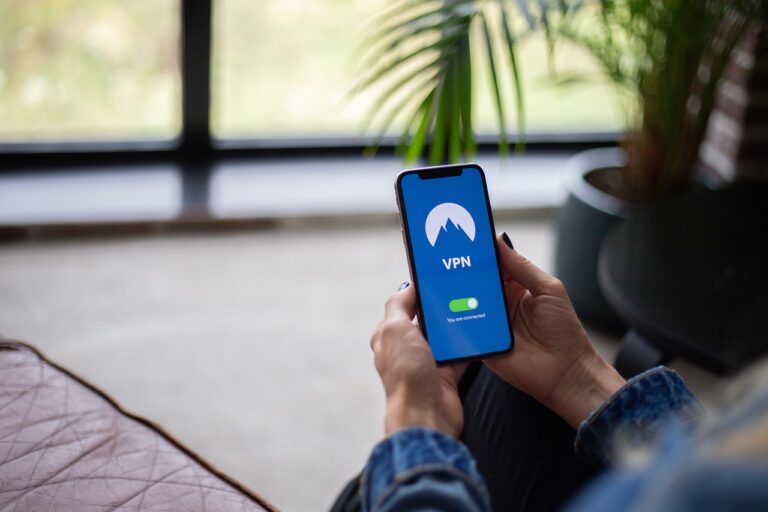The Power of Experiential Retail: Creating Memorable Shopping Experiences
Retailers are constantly searching for new ways to attract and retain customers in today’s competitive market. One strategy that has gained popularity in recent years is experiential retail a concept that focuses on creating unique and memorable shopping experiences for consumers. By going beyond traditional methods of selling products and focusing on the overall customer experience, retailers are able to differentiate themselves from competitors and build stronger connections with their target audience.
What is Experiential Retail?
Experiential retail is a retail strategy that focuses on creating immersive and engaging experiences for consumers. Instead of simply selling products, experiential retailers aim to provide customers with an experience that goes beyond the transaction. This may include interactive displays, live demonstrations, product testing, workshops, events, and more. The goal is to create a memorable and enjoyable experience for shoppers that will keep them coming back for more.
Why Experiential Retail Matters
In today’s digital world, consumers have more shopping options than ever before. With the rise of online shopping, brick-and-mortar retailers are facing increasing pressure to provide a unique and memorable shopping experience that cannot be replicated online. Experiential retail offers a solution to this challenge by creating an environment that engages all of the senses and provides shoppers with a personalized and interactive experience.
Benefits of Experiential Retail
There are numerous benefits to adopting an experiential retail strategy. Some of the key advantages include:
- Increased Customer Engagement: By providing customers with unique and interactive experiences, retailers are able to capture their attention and keep them engaged throughout their shopping journey.
- Enhanced Brand Loyalty: When customers have a positive experience in a store, they are more likely to develop a strong emotional connection to the brand and become loyal customers.
- Higher Sales Conversion Rates: By creating a memorable experience, retailers can increase the likelihood of customers making a purchase and returning for future visits.
- Word-of-Mouth Marketing: Happy customers are more likely to share their positive experiences with friends and family, leading to increased brand awareness and new customer acquisition.
Examples of Experiential Retail
There are many ways that retailers can incorporate experiential elements into their stores. Some examples include:
- Interactive Displays: Using technology such as augmented reality or virtual reality to create interactive displays that allow customers to experience products in a new and innovative way.
- Live Demonstrations: Hosting live demonstrations or workshops that showcase the benefits and features of products while engaging with customers in a hands-on way.
- Pop-Up Events: Creating temporary pop-up shops or events that offer a unique and limited-time shopping experience for customers.
- Personalized Experiences: Tailoring the shopping experience to each individual customer by offering personalized recommendations, discounts, or rewards based on their preferences and purchase history.
Challenges of Implementing Experiential Retail
While experiential retail offers many benefits, there are also challenges that retailers may face when trying to implement this strategy. Some of the common challenges include:
- Cost: Creating unique and engaging experiences can be expensive, especially for smaller retailers with limited budgets.
- Training: Staff training is essential to ensure that employees are able to deliver a consistent and high-quality experience to customers.
- Integration: Integrating experiential elements into existing store layouts and processes can be challenging and may require significant changes to the overall retail environment.
Best Practices for Experiential Retail
Despite the challenges, there are several best practices that retailers can follow to successfully implement an experiential retail strategy:
- Understand Your Audience: Conduct market research to identify the needs and preferences of your target audience and tailor your experiential retail experiences to meet their expectations.
- Focus on Consistency: Ensure that the experiential elements in your store are consistent with your brand identity and messaging to create a cohesive and immersive experience for customers.
- Measure Success: Track key performance indicators such as customer satisfaction, sales conversion rates, and repeat business to measure the effectiveness of your experiential retail initiatives.
Case Studies
To illustrate the impact of experiential retail, here are a few case studies of retailers that have successfully implemented this strategy:
Apple
Apple stores are known for their innovative and interactive retail experiences. From live product demonstrations to personalized customer service, Apple has created a unique and immersive environment that keeps customers coming back for more.
Lululemon
Lululemon’s stores offer more than just activewear they provide a community-focused experience for shoppers. From in-store yoga classes to personalized fitting sessions, Lululemon has created a culture of wellness and connection that resonates with its target audience.
FAQs
What is experiential retail?
Experiential retail is a retail strategy that focuses on creating unique and memorable shopping experiences for consumers through interactive displays, live demonstrations, events, and more.
Why is experiential retail important?
Experiential retail is important because it helps retailers differentiate themselves from competitors, engage customers, build brand loyalty, and increase sales conversion rates.
What are some examples of experiential retail?
Examples of experiential retail include interactive displays, live demonstrations, pop-up events, personalized experiences, and more.
What are the benefits of experiential retail?
The benefits of experiential retail include increased customer engagement, enhanced brand loyalty, higher sales conversion rates, and word-of-mouth marketing.







